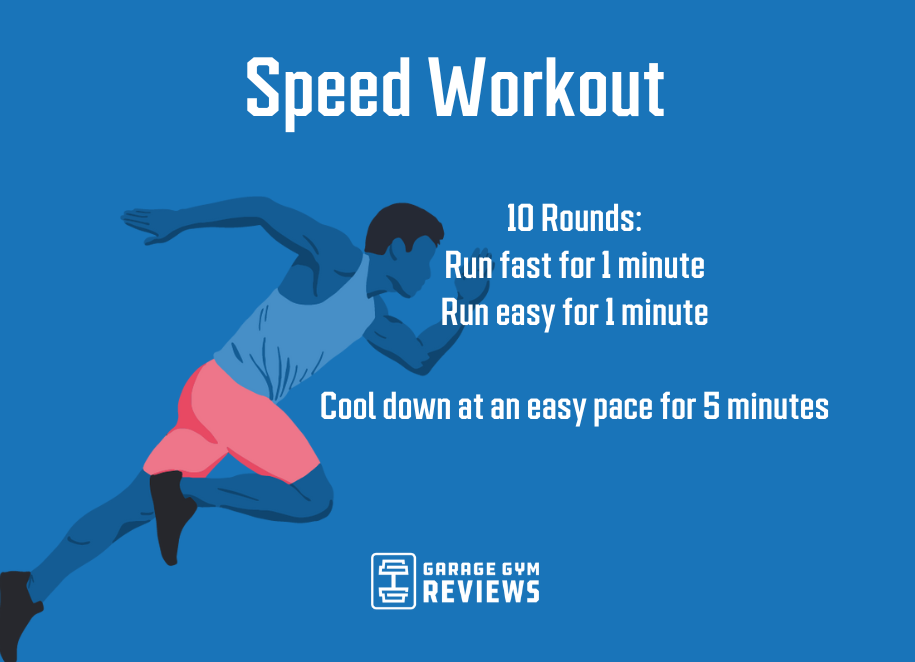Taking Care Of Common Running Discomforts: Reasons, Solutions, and Prevention
As runners, we commonly run into various pains that can hinder our performance and enjoyment of this physical activity. By checking out the root reasons for these operating discomforts, we can reveal targeted remedies and preventive steps to make sure a smoother and extra fulfilling running experience.
Typical Running Pain: Shin Splints
Shin splints, a common running discomfort, commonly result from overuse or inappropriate footwear throughout physical activity. The repetitive stress and anxiety on the shinbone and the cells attaching the muscular tissues to the bone leads to swelling and pain.
To stop shin splints, people need to progressively increase the intensity of their workouts, wear suitable footwear with proper arch support, and maintain versatility and stamina in the muscle mass surrounding the shin (running workout). Additionally, incorporating low-impact tasks like swimming or cycling can aid preserve cardiovascular health and fitness while permitting the shins to heal.
Common Running Pain: IT Band Syndrome
Along with shin splints, another widespread running discomfort that professional athletes usually encounter is IT Band Disorder, a problem triggered by swelling of the iliotibial band that runs along the outer upper leg and knee. IT Band Disorder commonly shows up as discomfort on the outside of the knee, particularly during activities like running or biking. The iliotibial band is a thick band of fascia that attaches the aware of the shin, and when it ends up being inflamed or limited, it can scrub against the thigh bone, bring about pain and pain.
Runners experiencing IT Band Disorder may observe a painful or aching experience on the outer knee, which can aggravate with ongoing activity. Variables such as overuse, muscle discrepancies, improper running type, or inadequate workout can add to the development of this problem.
Usual Running Pain: Plantar Fasciitis
:max_bytes(150000):strip_icc()/HIIT-treadmill-workout-promo-04629651f9fc4854a8afca1c29ba528a.jpg)
Plantar Fasciitis can be credited to numerous variables such as overtraining, improper footwear, running on difficult surfaces, or having high arches or level feet. To stop and reduce Plantar Fasciitis, runners can incorporate extending workouts for the calf bones and plantar fascia, use helpful shoes, maintain a healthy and balanced weight to lower strain on the feet, and progressively increase running strength to prevent unexpected stress on the plantar fascia. If symptoms linger, it is advised to get in touch with a health care expert for appropriate diagnosis and treatment options to address the condition effectively.
Usual Running Discomfort: Jogger's Knee
After addressing the difficulties of Plantar Fasciitis, an additional prevalent problem that joggers typically encounter is Runner's Knee, a typical running discomfort that can prevent athletic performance and create pain during physical activity. Jogger's Knee, additionally known as patellofemoral pain disorder, shows up as pain around or behind the kneecap. Runners experiencing this pain might really feel a dull, aching pain while running, going up or down stairways, or after long term durations of sitting.
Common Running Pain: Achilles Tendonitis
Generally affecting runners, Achilles Tendonitis is an excruciating condition that affects the Achilles tendon, triggering pain and possible constraints in exercise. The Achilles tendon is a thick band of tissue that links the calf muscle mass to the heel bone, critical for tasks like running, leaping, and strolling - excellent idea. Achilles Tendonitis usually develops because of overuse, inappropriate shoes, inadequate stretching, or abrupt rises in physical activity
Signs of Achilles Tendonitis consist of discomfort and rigidity along the ligament, especially in the morning or after periods of lack of exercise, swelling that gets worse with task, and possibly bone spurs in chronic situations. To stop Achilles Tendonitis, it is crucial to stretch appropriately before and after running, use suitable shoes with proper assistance, slowly boost the strength of workout, and cross-train to minimize recurring stress on the ligament. Therapy might entail remainder, ice, compression, altitude (RICE procedure), physical therapy, orthotics, and in severe cases, surgery. Early intervention and correct treatment are critical for taking care of Achilles Tendonitis properly and protecting against lasting issues.
Final Thought
